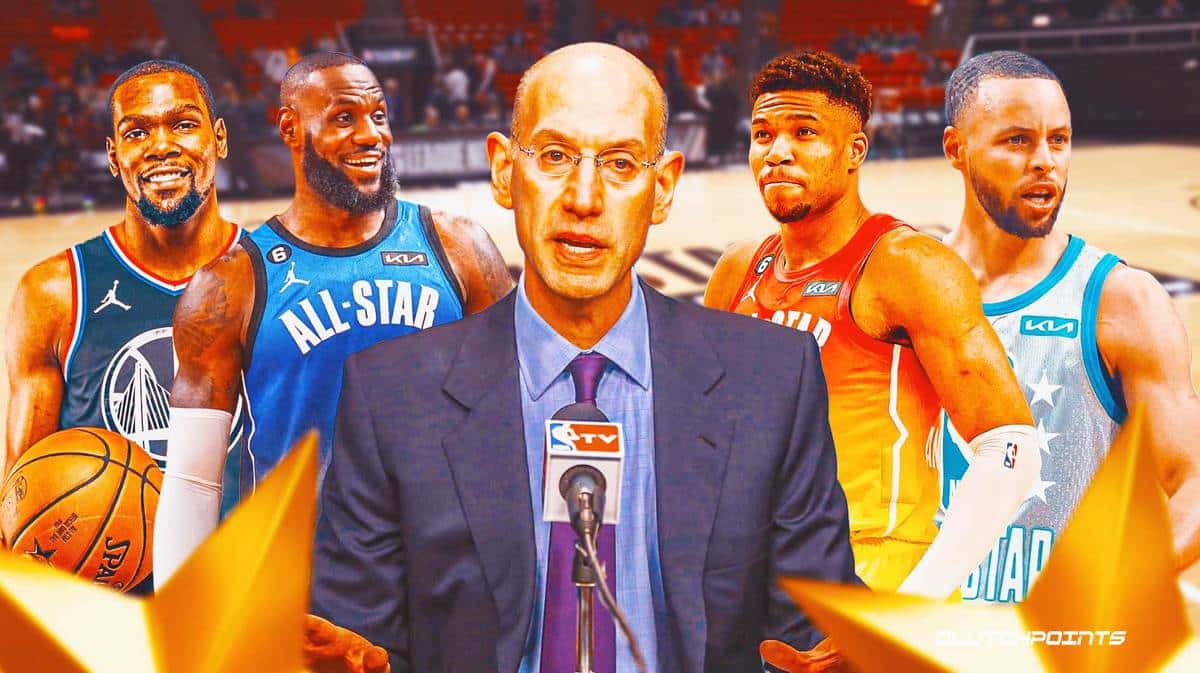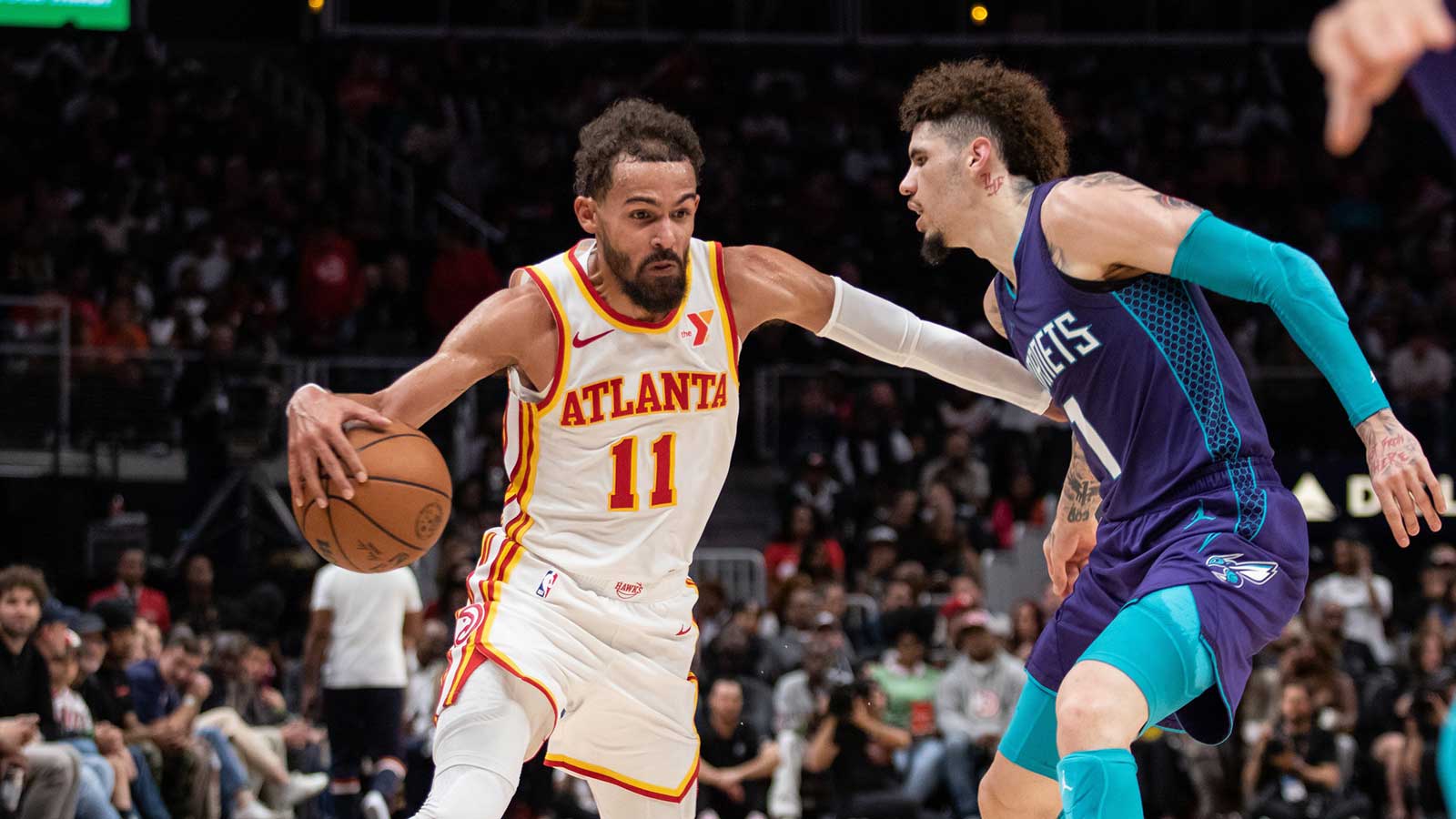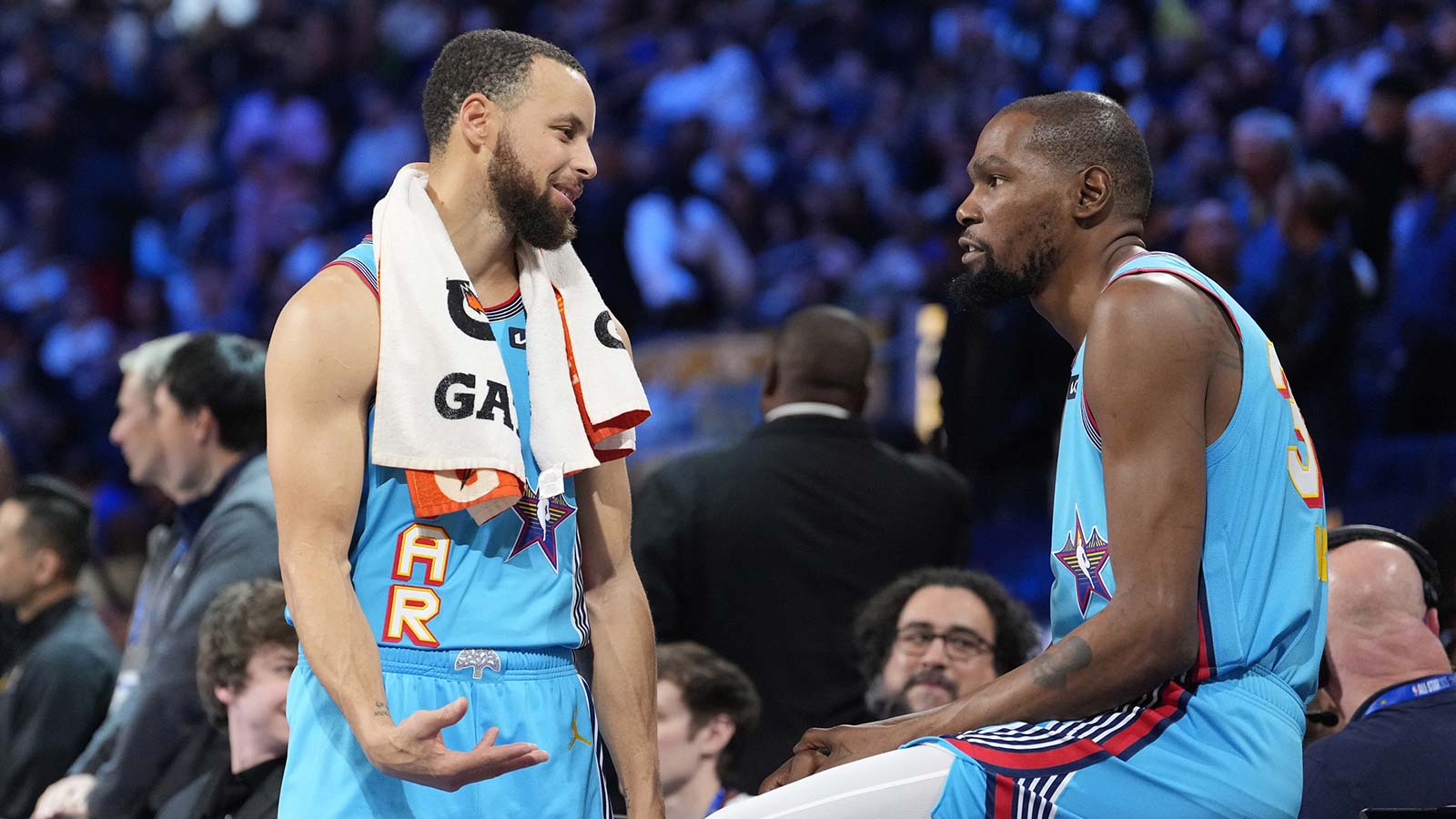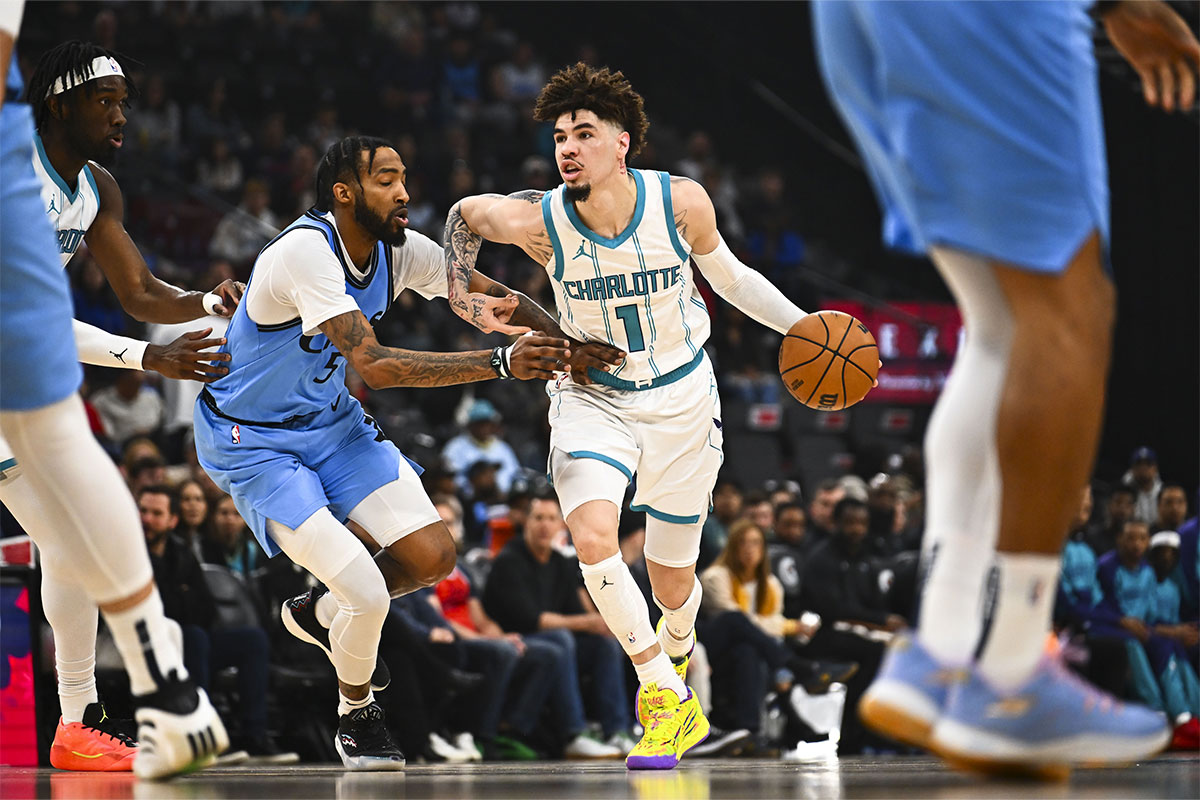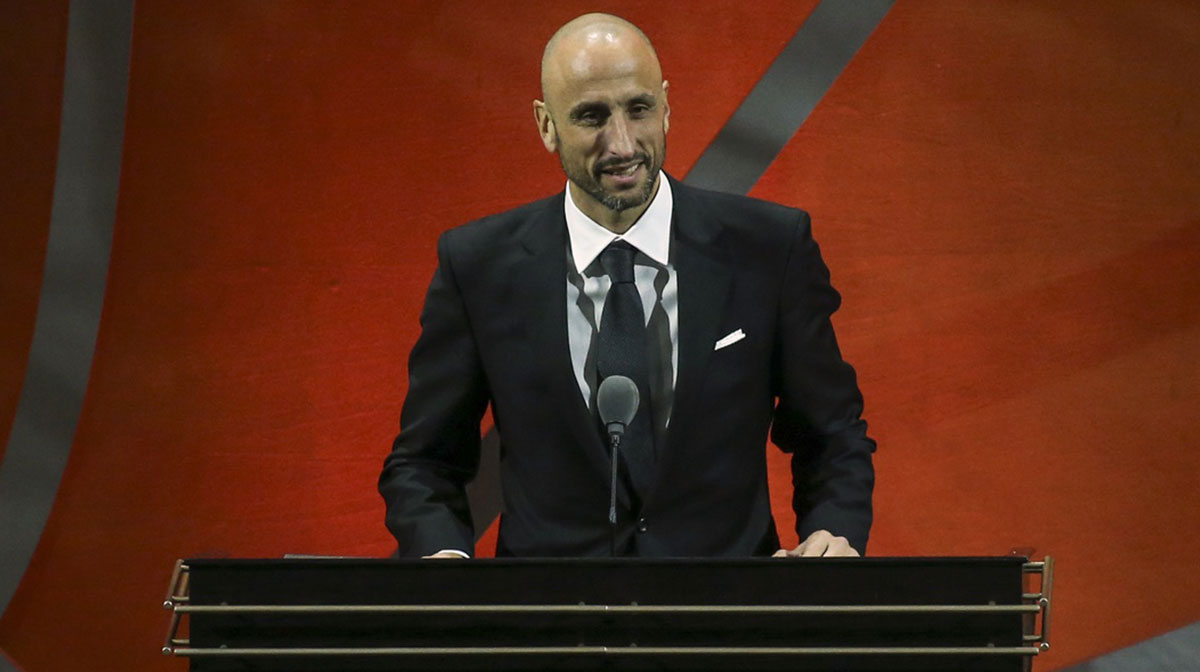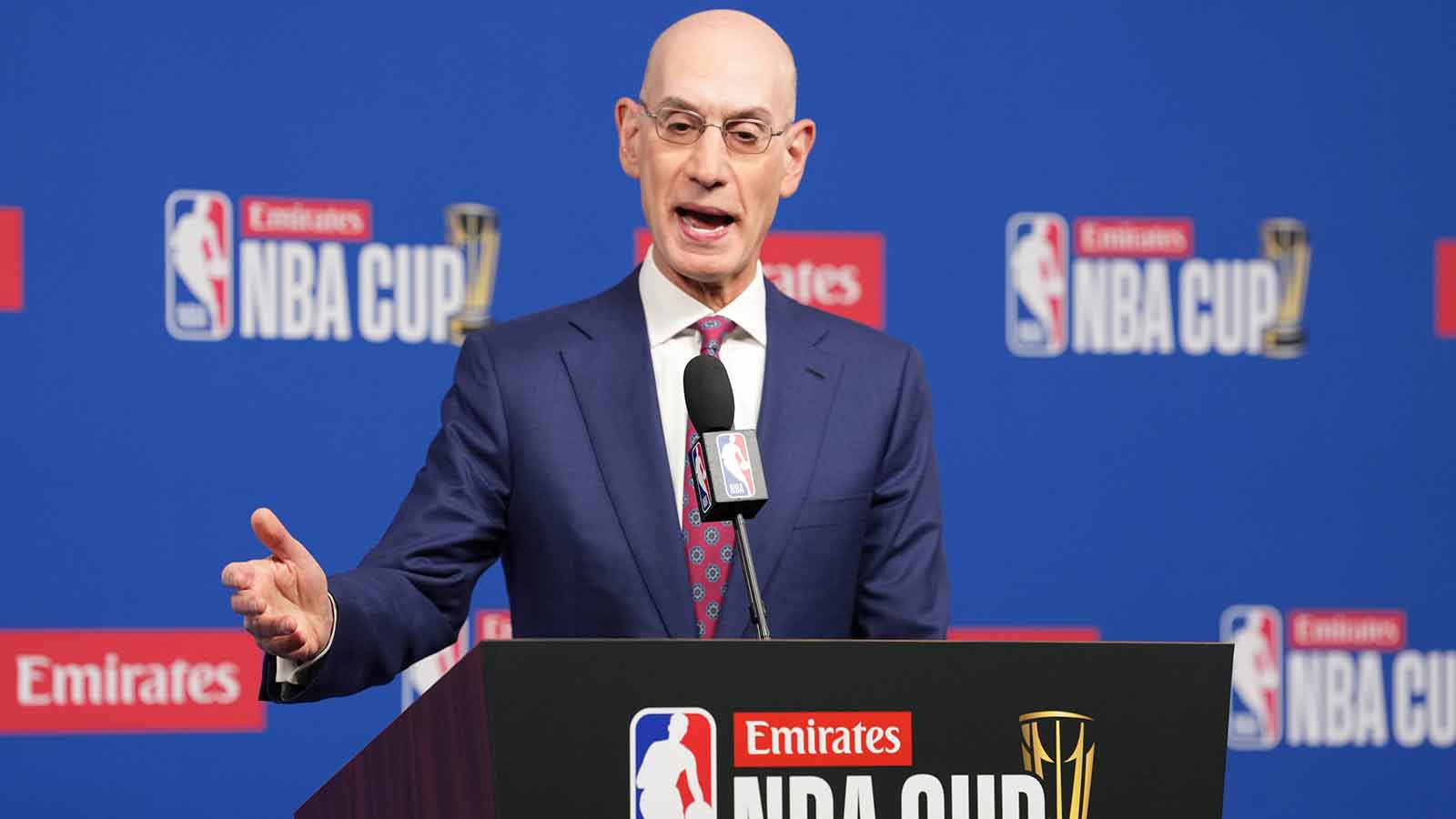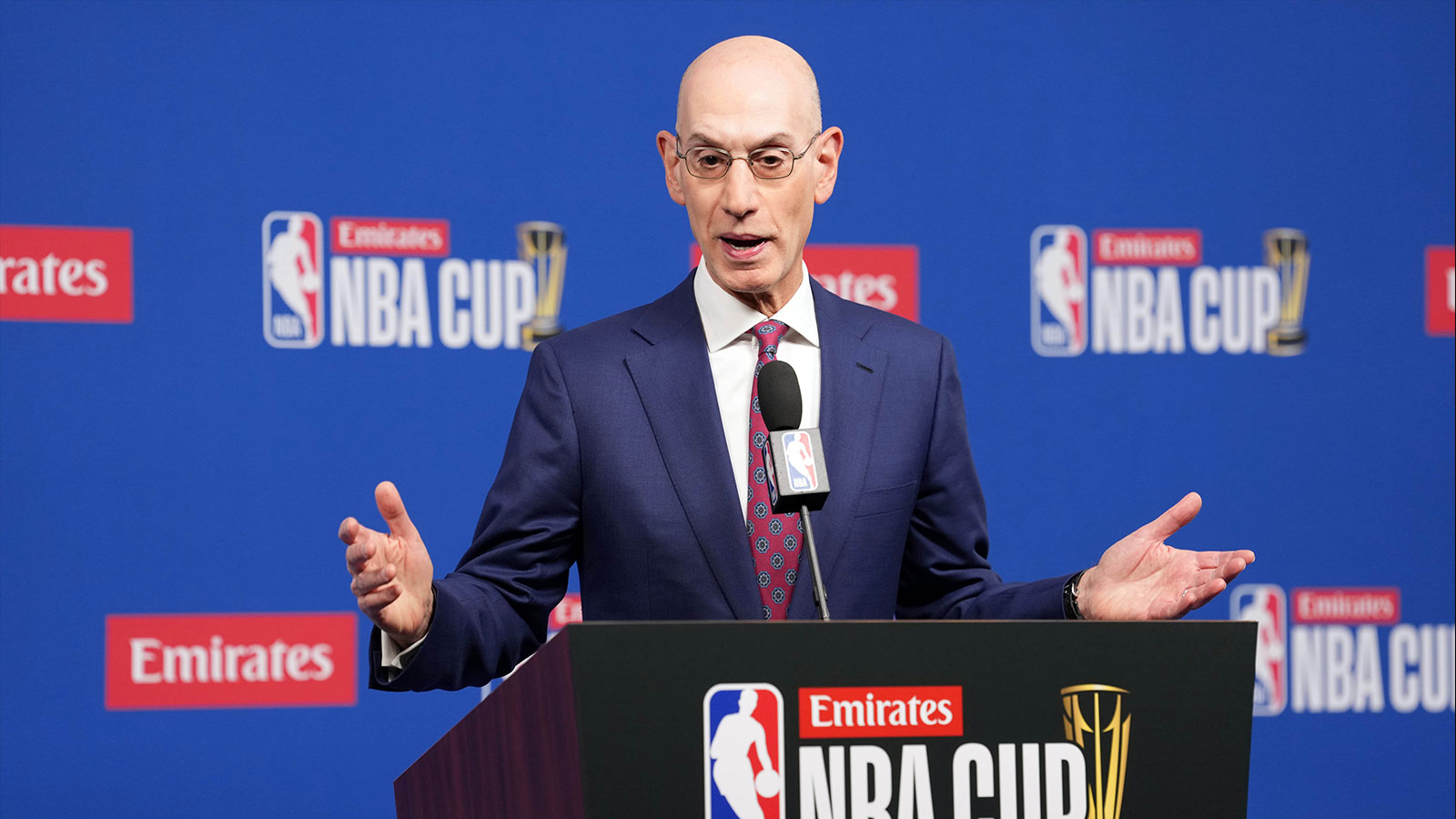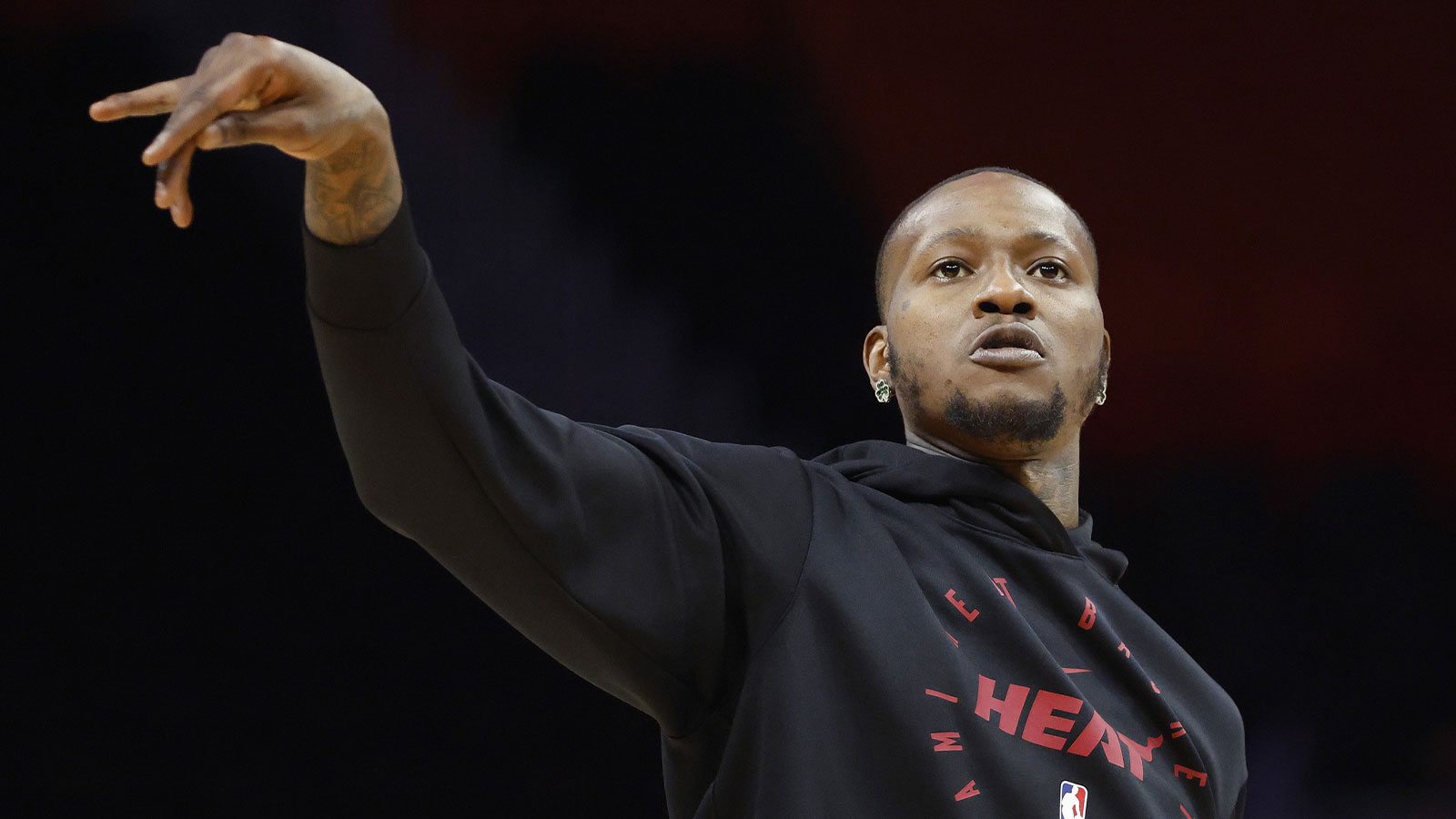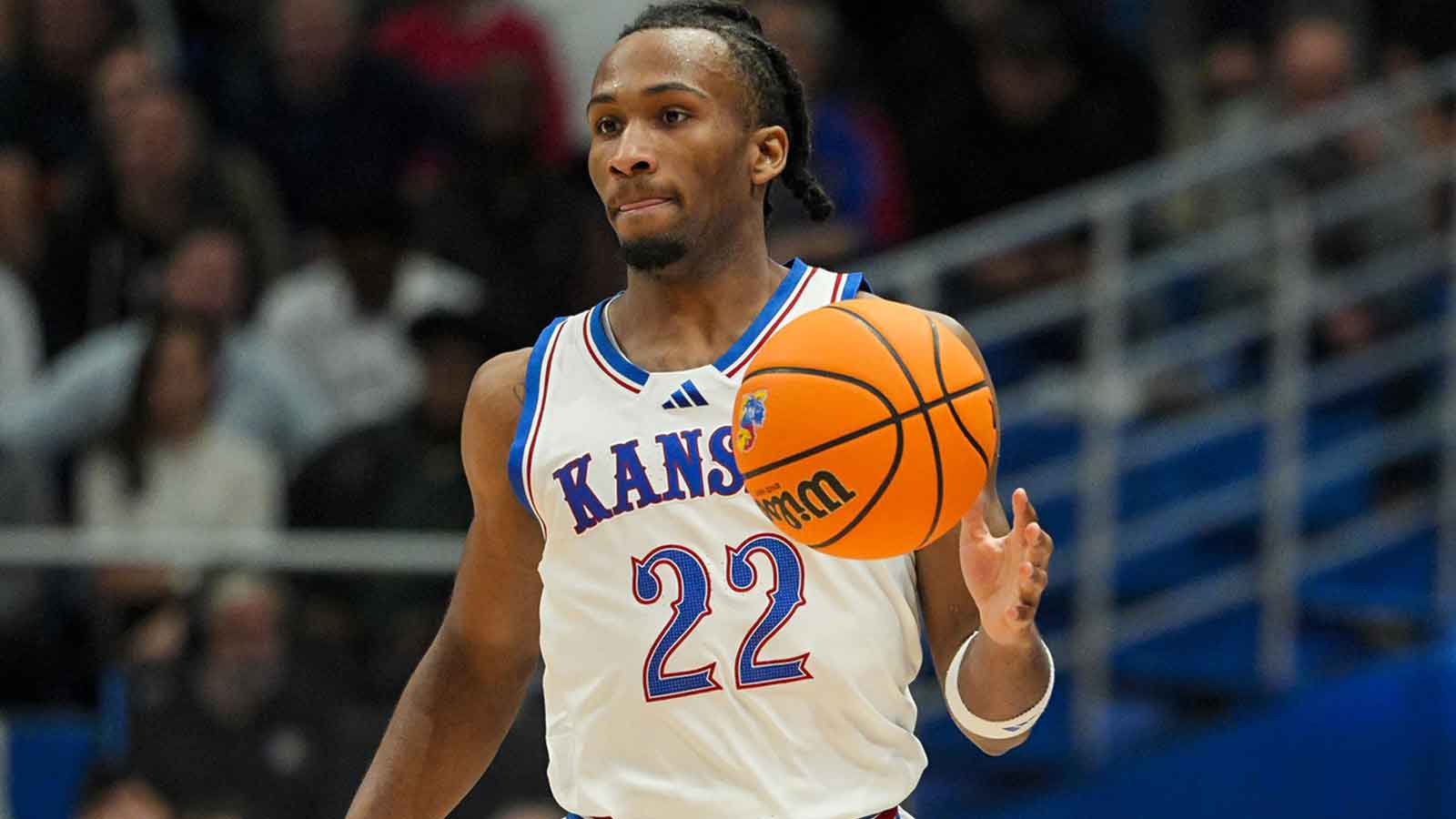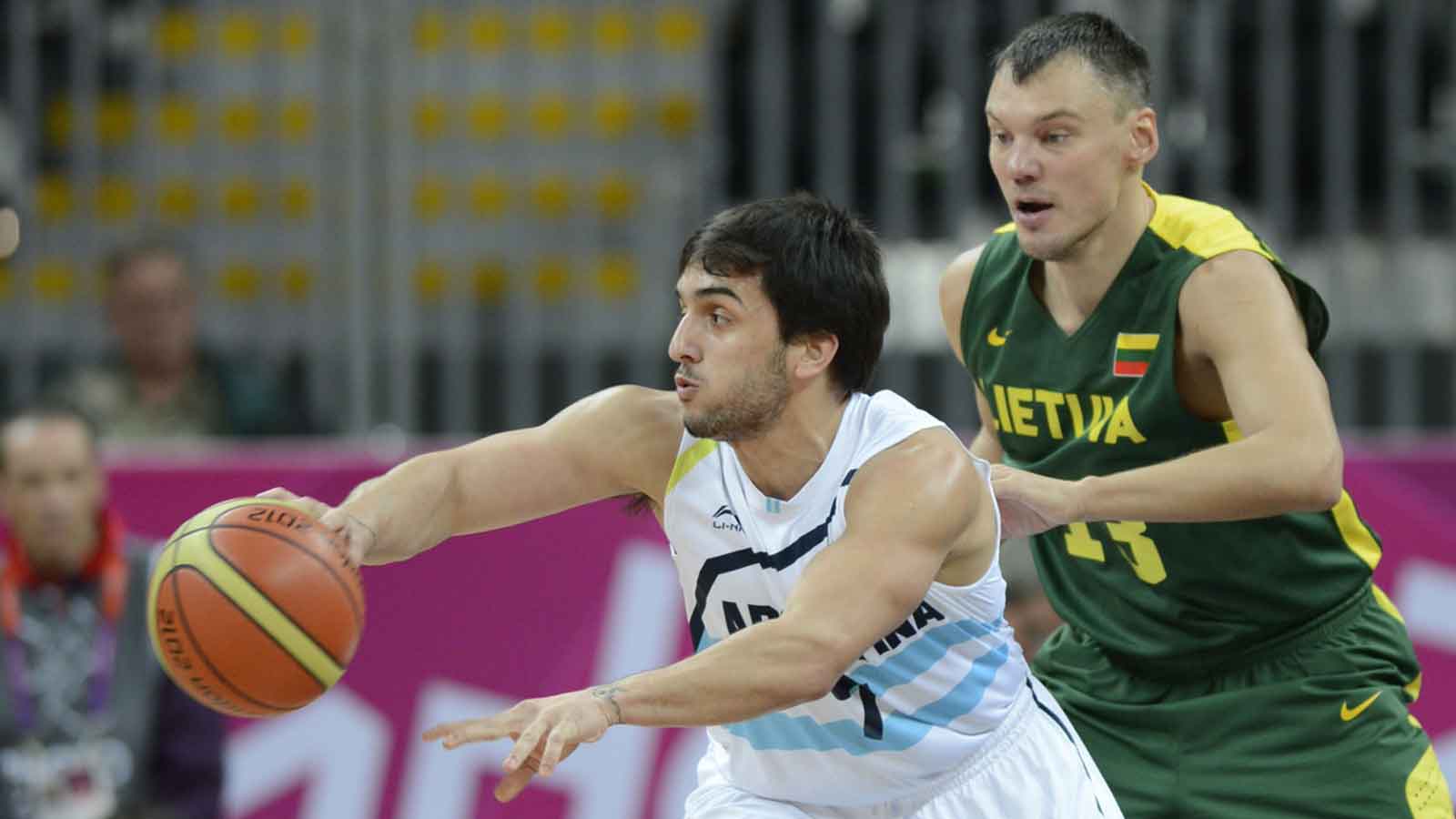The 2023 NBA All-Star Game started off on a strong note. LeBron James, as always, was good for a moment of comedy or two, Giannis Antetokounmpo elicited laughter from millions worldwide following his Ja Morant draft gaffe, and Nikola Jokic, the presumptive 2022-23 NBA MVP, simply would not allow himself to remain last on the draft board.
However, the fan excitement around the festivities quickly descended into sourness. The elements of the All-Star game that had made it such a draw, particularly in 2020, were nowhere to be found. Despite the presence of charities that would stand to benefit from quarterly wins from Team LeBron or Team Giannis, and the continued use of the Elam Ending, barely anybody played even a single shred of defense.
Watching players with nothing to play for, who wouldn't dare do anything that would endanger their physical capabilities of suiting up for the postseason, simply do not make for a riveting viewing experience. The 2023 All-Star game was reminiscent of the one in 2017, a game that was so languid that the league felt the need to overhaul the entire format the following year.
Even Michael Malone, head coach for Team LeBron, and Jaylen Brown, leading scorer for Team LeBron on the night, expressed their frustrations. Malone said called the 2023 All-Star game the “worst basketball game ever played” while Brown even went as far as to say that the game he played was not basketball, calling it a “glorified layup line“.
Simply put, the NBA may have to do something drastic once more to incentivize players to try their best. Here are three steps the NBA could take to fix the All-Star game.
1. Four teams of six, scrimmage-style
What's better than having two All-Star captains? Having four All-Star captains!
This format requires a bit of an explanation, so bear with me. Any basketball player who has had formal training (at any level) is familiar with the concept of the rotating five-on-five scrimmage. Every time a team scores or gets a stop, another five-man unit takes the place of the team that allowed the field-goal make or missed the shot.
Since the NBA is clearly interested in the sport's playground roots, why not institute a format reminiscent of a lower level of hoops once more?
In this format, the two leading vote-getters per each conference will become the four All-Star captains. The leading vote-getter will get the first pick, and the fourth-leading will get the last. Unlike the current format however, the league will hold the draft serpentine-style to even the playing field. Captains will then draft five players each (with one acting as a substitute to rotate the players, FIBA 3×3 style).
In this format, we will still make use of the Elam Ending. But this time, the teams will play to 24 points (to honor Kobe Bryant still) for three quarters. The winning team for each quarter will still take home charity earnings, while the team bringing up the rear will be forced to do a lighthearted, funny dare afterwards. Who wouldn't want to tune into that? And then after three periods, the cumulative scores will be tallied, and the final target score will be the highest score plus 24.
Convoluted? Maybe. Weird enough to pique interest? Definitely.
Players could still end up just mailing it in, allowing others to score just to get the festivities over with. But one thing's for sure, NBA players have enough pride that they should feel very much motivated to run the table against their opponents and not leave the court for a single minute, which should lead to competitive basketball as the team captains try to rally their team to victory.
2. Return of West vs East, but give them $$$ motivation
Some have floated out the suggestion that the NBA should just return to its original West vs East NBA All-Star game format. This time, some suggest, the league should give the winning conference homecourt advantage for the NBA Finals. Of course, that rule isn't even in effect in the MLB anymore, as it's borderline insanity for an exhibition game to help dictate which team wins the championship. So that is definitely out of the question.
How else could the league give players a big enough incentive to fall head over heels for without actively affecting the postseason? Should teams from the winning conference get more cap space or luxury tax exemptions? Perhaps even an amnesty clause? That would be too league-breaking.
But as Shai Gilgeous-Alexander, first time All-Star selection, said: “Money talks.” A tale as old as time, the NBA should be more than willing to empty the coffers to improve their product. After all, one must spend money to make money.
Beyond the charity winnings, All-Star selections deserve to see the league line up their pockets as they decide to go to work instead of booking a trip to the warmest beaches or most beautiful cities with their loved ones during the All-Star break.
3. Move the All-Star game to an earlier date
Is it not incredible that teams have already played around 75 percent of their games before the NBA decides to take a break for their All-Star weekend? By then, players have their sights set on the looming stretch run, focusing on remaining healthy for the postseason.
So why not hold the NBA All-Star game at an earlier date?
This is not a perfect solution by any means. Superstars load manage whenever they want. Therefore, they could very well end up phoning it in all the same regardless of whether the All-Star game is in December or February.
But at an earlier point in the season, superstars have endured less wear and tear on their bodies, which should, in theory, lead to a much better all-around performance during the NBA All-Star game.

